Granny's Sourdough Guide: The Joy of Fermentation
At Channelin' Granny, we understand that sourdough is not just about baking bread, but also about understanding the science of fermentation and the art of patience. Our journey into the world of sourdough is guided by a deep respect for traditional baking methods and the magic of wild yeast and bacteria. We believe that every culture has its own unique sourdough recipes that reflect its history, lifestyle, and values. By exploring these diverse techniques, we hope to bring you a taste of the world's sourdough bread, right in your own kitchen.
Sourdough is more than just bread. It is a sensory experience that can take us on a trip down memory lane, wrapping us in a cozy embrace of familiar flavors and a sense of belonging.
Channelin' Granny is your go-to resource for sourdough recipes that evoke a sense of nostalgia and warmth. We believe that every loaf has a story to tell, and we're here to share these stories with you. Our recipes are inspired by traditional baking methods and ingredients, bringing you the authentic taste of home-baked sourdough bread. Our recipes are a tribute to the timeless appeal of sourdough.
-
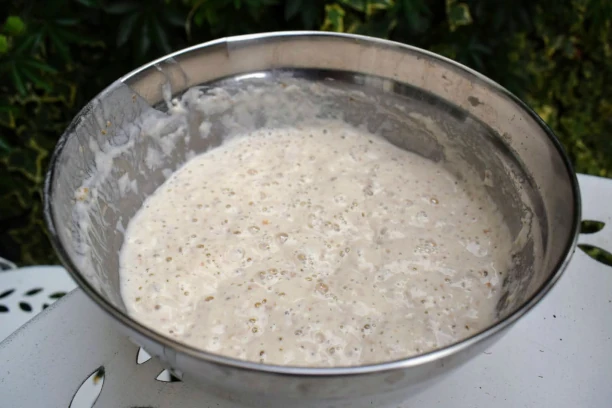
Sourdough Starter
An active well-fed sourdough starter opens the door to a wide world of home baked goodies. Learn how to create and care for your own starter.
-
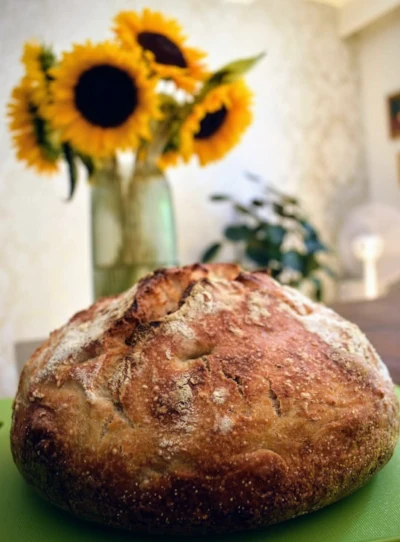
Country Crust Sourdough Bread
Granny’s Country Crust Sourdough Bread is soft and delicate on the inside, surrounded by a crispy, crackling crust with just the right amount of sourdough tanginess.
-
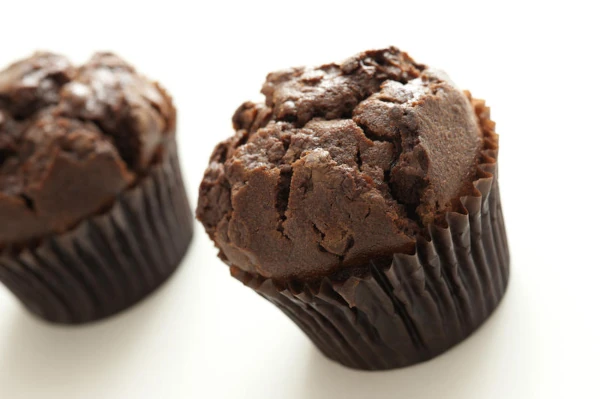
Chocolate Muffins
Indulge in the rich and chocolatey goodness of homemade Chocolate Muffins. These moist and flavorful treats are perfect for any occasion.
Sourdough throughout History
Sourdough bread has a rich history that dates back to ancient times. The earliest evidence of sourdough bread was found in Switzerland, dating back to 3700 BCE. However, it is believed that sourdough was likely discovered much earlier, possibly as early as 10,000 years ago when humans first began to cultivate grains. This ancient method of bread-making has been passed down through generations, becoming a cherished tradition in many cultures.
Sourdough was the primary method of leavening bread until the Middle Ages when bakers began to use brewer's yeast. With the invention of commercial yeast in the 19th century, the art of making sourdough bread began to decline. However, in recent years, there has been a resurgence of interest in sourdough bread due to its unique flavor and health benefits. This revival has led to a new generation of bakers rediscovering the art of sourdough bread-making. The process, which requires patience and skill, is seen as a form of culinary craftsmanship.
The process of making sourdough involves fermenting dough using naturally occurring lactobacilli and yeast. The lactobacilli produce lactic acid, which gives sourdough its distinctive tangy flavor. The yeast, on the other hand, is responsible for the leavening of the bread. This symbiotic relationship between the lactobacilli and yeast is what makes sourdough unique. The fermentation process not only enhances the flavor but also improves the nutritional profile of the bread.
-
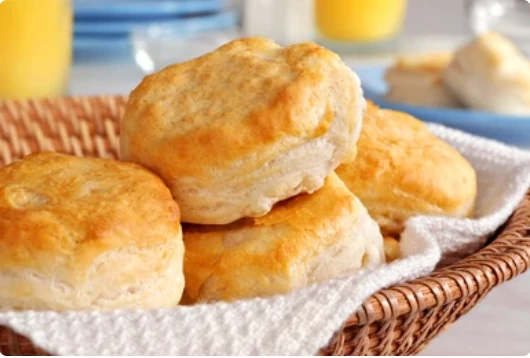
Sourdough Biscuits
Experience the joy of baking with Granny's Sourdough Biscuits. These biscuits are made with a sourdough starter, giving them a unique tangy flavor that pairs perfectly with any meal.
-
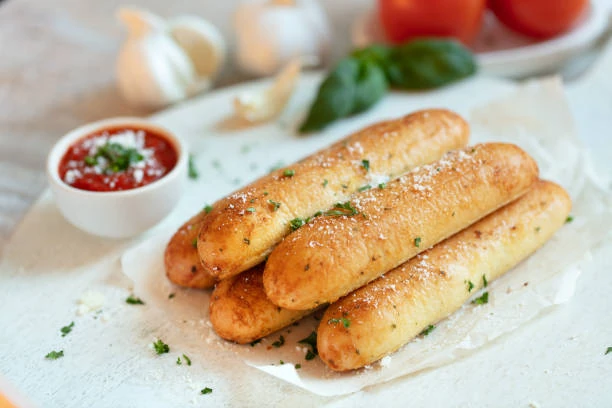
Sourdough Breadsticks
Discover the art of crafting mouthwatering sourdough breadsticks from scratch. Delight in the satisfying process of mixing, kneading, and shaping the dough, resulting in irresistibly soft, chewy breadsticks.
-
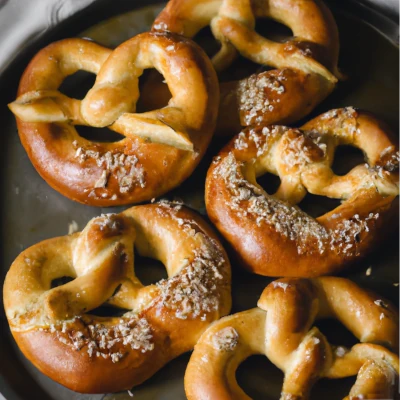
Sourdough Pretzels
Experience the immense joy and satisfaction of baking with Granny's Homemade Sourdough Pretzels. These delectable pretzels boast a distinctive sourdough tang that tantalizes the taste buds.
Health Benefits of Sourdough
Sourdough bread is not only delicious, but it also offers several health benefits. The fermentation process involved in making sourdough bread helps to break down the phytic acid in the grains, making the nutrients more easily absorbed by the body. This makes sourdough bread more digestible than bread made with commercial yeast. Furthermore, the fermentation process also increases the availability of important minerals like magnesium, zinc, and iron in the bread, contributing to overall nutritional intake.
Moreover, sourdough bread has a lower glycemic index than other types of bread, which means it doesn't spike blood sugar levels as much. This makes it a good option for people with diabetes or those trying to manage their blood sugar levels. The slower release of energy also helps to keep you feeling full and satisfied for longer, which can aid in weight management.
Sourdough bread is also rich in probiotics, which are beneficial for gut health. The lactic acid bacteria present in sourdough bread can help to improve digestion and boost the immune system. These beneficial bacteria also contribute to a healthy gut microbiome, which is increasingly being recognized as crucial for overall health, influencing everything from mood to metabolic health.
Many people find that sourdough bread, with its complex flavors and hearty texture, is simply more enjoyable to eat than other types of bread. This, combined with its health benefits, makes sourdough bread a wonderful addition to a balanced diet.
-
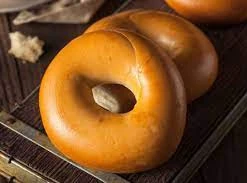
Sourdough Bagels
These bagels are a perfect breakfast treat that you can now make in your own kitchen. A touch of honey creates a bagel that is both hearty and delicious.
-
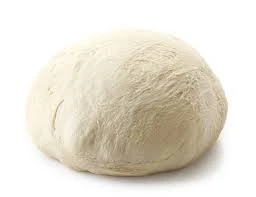
Sourdough Pizza Dough
This pizza dough is made with a sourdough starter and can be topped with your favorite ingredients.
-
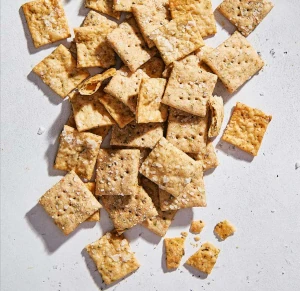
Sourdough Crackers
Experience the delight of baking with our homemade Sourdough Crackers recipe. These crispy, flavorful crackers are a perfect snack.
Getting Started with Sourdough
Embarking on the journey of sourdough baking might seem daunting at first, but with a little patience and practice, you'll be able to bake your own delicious sourdough bread at home. The first step in this process is to create a sourdough starter, which is a mixture of flour and water that has been fermented over several days. This starter serves as the leavening agent for the bread, harnessing the power of natural yeast and bacteria to give sourdough its distinctive tangy flavor.
Once you have your starter, you can start baking! Remember, baking sourdough bread is as much an art as it is a science. It's a process that requires attention to detail and an understanding of the factors that can influence the final product, such as temperature and humidity. Don't be discouraged if your first few loaves don't turn out perfect. With each loaf, you'll learn more about the process and improve your skills. It's a journey of discovery and learning that is as rewarding as it is delicious.
Ready to embark on your sourdough journey? Check out our collection of sourdough recipes and tips to get started! From the basics of feeding your starter to the intricacies of shaping and scoring your loaves, we've got you covered. And remember, the most important ingredient in sourdough baking is time. So take it slow, enjoy the process, and before you know it, you'll be pulling a beautiful, golden loaf of sourdough bread out of your own oven.
-
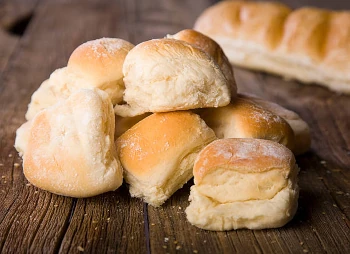
Sourdough Rolls
These Sourdough Rolls are fluffy and delicious, perfect for dinner or as a snack. The sourdough starter gives them a unique tangy flavor that's sure to be a hit at your next meal.
-

Sourdough Stuffing
Stuffing is a classic side dish that complements any Thanksgiving or special occasion meal. Enjoy a perfect balance of flavors and a delightful blend of ingredients.
-

Sourdough Pancakes
Enjoy the rich, tangy flavor of Granny's Sourdough Pancakes, a perfect way to use your sourdough starter for a light and fluffy breakfast treat.